By John A . Charles, Jr.
TO: Metro Transportation Planning Department
FM: John A. Charles, Jr.
RE: Comments on Metro’s draft TSMO Plan
DT: October 25, 2021
My name is John A. Charles, Jr., and I am President and CEO of Cascade Policy Institute, a non-partisan policy research organization. I have been involved in regional transportation planning for over 40 years, and have served on many advisory groups related to transportation and air quality, including:
- Portland Air Quality Advisory Committee, DEQ;
- Traffic Relief Options Study CAC, Metro;
- Oregon Road User Fee Task Force, ODOT;
- Portland Future Focus Steering Committee, Portland;
- Central City Transportation Management Plan CAC, Portland; and
- HB 2179 Task Force to Reduce Air Pollution in the Portland Region (Gov. Roberts).
I have reviewed the draft TSMO plan and offer the following comments:
Purpose: It’s not clear why this plan is necessary. Every jurisdiction in the region is already burdened with transportation planning regulations, programs, and projects. Many jurisdictions own and operate transportation facilities with long lists of capital improvement projects that can’t be funded. What is the added value of the TSMO plan?
Definition: On page 5, the narrative includes the following phrase: “TSMO strategies provide alternatives to chasing capacity growth…” This is reinforced in more direct language on page 6, under the subheading of Transportation Planning Rule (TPR). In that section, the plan states, “This approach is the core goal of TSMO.”
The clear implication of these statements is that adding capacity is a mindless and wasteful endeavor that provides no net benefits to the region. This is incorrect. Healthy regions grow, and it’s the responsibility of government to provide related infrastructure including roads, bridges, schools, parks, waste disposal and drinking water.
I’m not aware of any other special service district that takes a no-growth approach to planning. School districts construct and operate new facilities to accommodate growing student populations; they don’t simply reject students or encourage parents to stop having children. Municipal water districts plan for adequate supply in response to increased demand; and sewage agencies build costly treatment plants.
Metro itself has sought and received close to a billion dollars of bonding authority to pay for undeveloped land perceived to be necessary for the park needs of a growing metropolitan region. While the execution of that program has been poor, with most Metro parklands not accessible to the public or even located within the Metro borders, the Metro Council has been aggressive in seeking public funding to “chase capacity growth” for future nature parks.
Transportation appears to be the one infrastructure service operating with a no-growth strategy. Under the direction of JPACT, the region has failed to add significant new highway capacity since I-205 opened in 1982. This is not a sustainable vision for a growing region where most daily trips are made in motorized vehicles.
While there is nothing wrong with using existing facilities more efficiently, as TSMO aspires to do, the region cannot depend on demand management as the primary response to economic growth.
Claims of disproportionate impacts: On page 9, it states that the 2021 TSMO plan seeks “to address the disproportionate impacts of the transportation system on Black, Indigenous, people of color, and people with low incomes.” There is no definition of “disproportionate impacts” here or elsewhere. On pp. 12-13 the plan discusses “equity in TSMO”, but relies on some simple descriptive statistics rather than trying to analytically demonstrate that the regional transportation system is inequitable.
The “TSMO Equity Tree”, on page 14, is complete jibberish and serves no purpose.
Objectives: At least four of the six objectives are useless. “Free from harm” in a policy context has no meaning because governments cannot promise freedom from harm. Everything in life has risks, especially in transportation. Governments cannot stop people from driving under the influence of intoxicants, bicycling at night in dark clothing, texting while jaywalking, or simply losing concentration at the wrong moments. The level of surveillance that would be necessary to actually make us all free from harm would itself create harm through the loss of civil liberties.
“Regional partnerships” is a redundant objective because everything in the region is already taking place through multiple partnerships. “Eliminate disparities” is another phrase that has no meaning. Disparities exist everywhere for many reasons. Policies and programs such as the TriMet payroll tax, transportation SDCs, urban renewal construction, and road diets create cross-subsidies and disparate outcomes. Metro is not in a position to ensure equal outcomes for everyone under all circumstances.
“Connected travel choices” is vaguely relevant, although in the absence of any governmental planning the travel connections would be made anyway by private parties (if transportation markets were allowed to function).
“Reliable travel choices” should be the primary objective of this plan, but JPACT has already demonstrated over a long period of time that it has no interest in reliability. That’s why Metro has never implemented congestion pricing despite studying it for nearly 30 years. It’s also why Metro prohibited any new Willamette River Bridge capacity south of the Sellwood Bridge, despite finding a need for it in 1999. And it’s why we still have only two interstate bridge crossings over the Columbia River, despite a clear need for at least four.
From Metro’s standpoint, lack of reliability is a feature, not a bug, so including it in the TSMO plan is gratuitous.
“Prepare for change” is something that every service provider should assume, but again Metro has spent decades using regulation and taxation to lock in the current infrastructure while avoiding important new investments – aside from the buildout of the 19th century regional rail system, which is the opposite of “planning for change.”
Performance measures: In the event that anyone ever tries to measure the success of this TSMO plan – as unlikely as that sounds – the performance measures will be unhelpful. The VMT goal seeks to “reduce average vehicle miles traveled per person by 10 percent from 2021.” How could Metro possibly propose this goal, when the entire point of the TPR was to reduce VMT per capita and it failed miserably?
Specifically, the TPR mandated for Metro and other MPOs that VMT per capita be reduced by 10% over 20 years, and 20% over 30 years. It was adopted in 1991. Here we are 30 years later, the TPR accomplished nothing at great cost, and now Metro wants to try it again without even stating a proposed time period for completion.
Even if a VMT reduction goal was achievable through government intervention, there is no reason for Metro to adopt it. VMT adds value to the regional economy, because there is an economic purpose for every trip. People don’t just randomly drive around for no reason, with the possible exception of teenagers on a Saturday night. If elected officials were to succeed in suppressing VMT through taxation or regulation, the economy would suffer and people would consider themselves worse off.
VMT may drop for other reasons, such as a permanent increase in remote working as a result of the pandemic. In that case, it would not harm the regional economy.
Metro could also consider market-based road pricing, such as a revenue-neutral feebate system in which peak hour motorists would be tolled and off-peak drivers would receive rebates. But to my knowledge, of the three congestion pricing studies that are now in public discussion (sponsored by Metro, ODOT and Portland, respectively), none anticipate using tolling for this purpose. All three appear to be arbitrary and punitive.
The proposed measure of showing “progress toward meeting the 2035 Vision Zero Goal” is another meaningless feel-good statement. Reducing the number of crashes is desirable, but Metro’s own reporting shows that “Vision Zero” is unrealistic. In 2019, the five year moving average for the region was 83 deaths. The actual number of deaths was 95, and Vision Zero called for a reduction to 55 deaths.
As local economist Joe Cortright wrote in a May 2021 critique of Vision Zero:
Metro tracks 25 separate measures of system safety…Metro’s annual report shows that the region is on-track to make exactly none of these 25 objectives…
Given that both the City of Portland and Metro are seeing Vision Zero trends moving in the wrong direction, assuming compliance by 2035 is an unreasonable metric. It should be modified or eliminated.
Appendix A: “TSMO strategy projects”: The first page includes phantom projects, such as “Congestion pricing/HOT lanes” and “rideshare services and employer services”, at a total cost of $148 million. The second page lists 23 projects at total cost of $437 million. This appendix is useless for analytical purposes. Is everything in the region TSMO? Were these projects evaluated for effectiveness? What is the reader supposed to infer from this list?
General comments
Disproportionate impacts: Metro is obsessed with alleged disproportionate impacts, but sees them as only affecting certain classes of people. A more nuanced assessment would consider other types of equity concerns, including:
- The fairness of TriMet’s regional payroll tax, which taxes many people for the benefit of the few, in a transit system that has been losing ridership since 2012 despite a vast increase in taxpayer funding.
- The adverse effects of eminent domain used to seize private property in areas other than North Portland, including all light rail projects (built or planned), and interstate highways throughout the region.
- Costs imposed on property owners through LID assessments in neighborhoods along the Portland streetcar.
- Construction of the aerial tram, which imposed both real and intangible costs on affluent property owners in the Corbett-Terwilliger-Lair Hill neighborhood.
- Distributional effects of the STFF employee transit tax enacted by the legislature in 2017.
- Distributional effects of the many road diets and traffic calming projects that have been imposed on the region over the past 25 years.
“Disproportionate impacts” is a very complex topic, with cross-subsidies flowing in many directions. If Metro feels compelled to include it as a feature element of the TSMO plan, then the agency should commit to a thorough study of the subject.
Learning from history: Earlier in these comments, I criticized Metro for ignoring the TPR experience. Note that comments of this nature have been made many times before, by people with far more knowledge of Metro programs than I have. In particular, the Metro Auditor has been a relentless critic of Metro Transportation Planning for more than a decade. Relevant excerpts from Auditor Reports are listed below.
August 2008: Transit-Oriented Development Program: Improve Transparency and Oversight
- “The Program had no system for regularly monitoring project results in terms of increased density, reduction in vehicle miles traveled or new private development stimulated by its efforts. Consequently, it is difficult for the Program to demonstrate its effectiveness.”
February 2010: Tracking Transportation Project Outcomes
- “We found that Metro’s processes to plan transportation projects in the region were linear when they should have been circular. After a plan was adopted, the update process began anew with little or no reflection about the effectiveness of the previous plan or the results of the performance measures they contained.”
- “Systems to collect data and measure progress towards these outcomes were not in place.”
- “Metro relied almost entirely on modeled data to estimate the impact of the regional transportation plan rather than on actual data.”
November 2010: Transit-Oriented Development Program: Audit Follow-up
- “Three recommendations [from 2008] were not implemented: Develop a regular report that shows a comparison of projects in terms of the results they achieve; develop a method for tracking and reporting complete project costs by project; and develop procedures to monitor projects after they are completed.”
June 2013: Tracking Transportation Project Outcomes
- “We found that recommendations made in a 2010 audit had not been implemented.”
- “The audit found the Planning Department was not organized or equipped to measure progress toward those outcomes.”
- “The Planning Department should adjust plans and programs as needed based on actual quantitative and qualitative data.”
These critiques should be considered in refining the TSMO plan.
Conclusion
Local governments and private transportation operators already have dozens of federal, state, and regional mandates, taxes, programs and projects to consider and/or manage. The draft TSMO plan is long on words and short on value. The “equity tree” perfectly symbolizes the circular reasoning associated with this plan.
Since TSMO is likely to add no value to the region, I suggest that the plan be euthanized and given a proper burial.
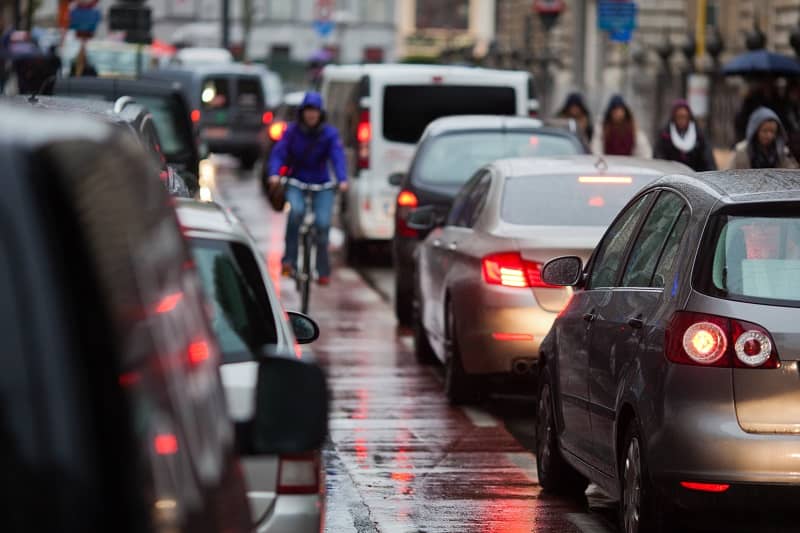

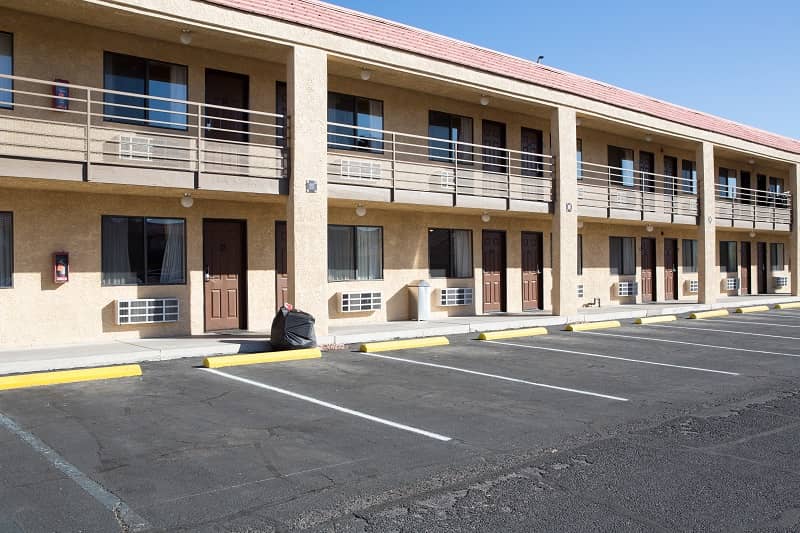

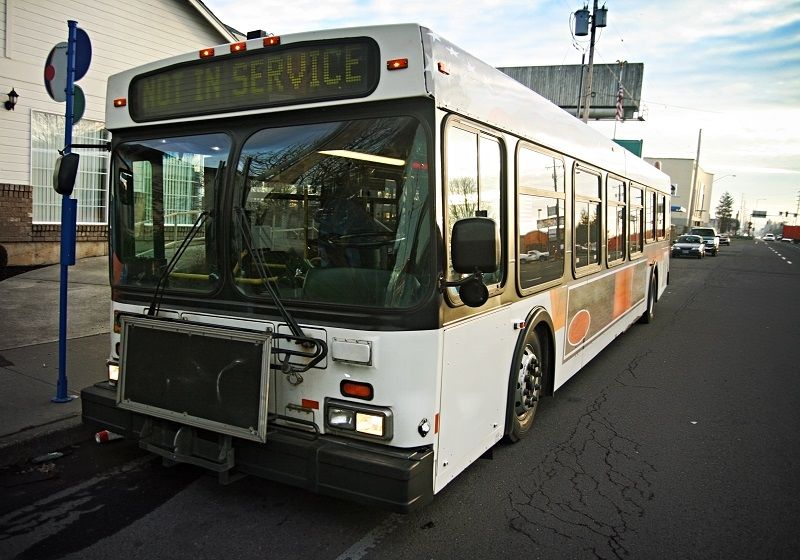
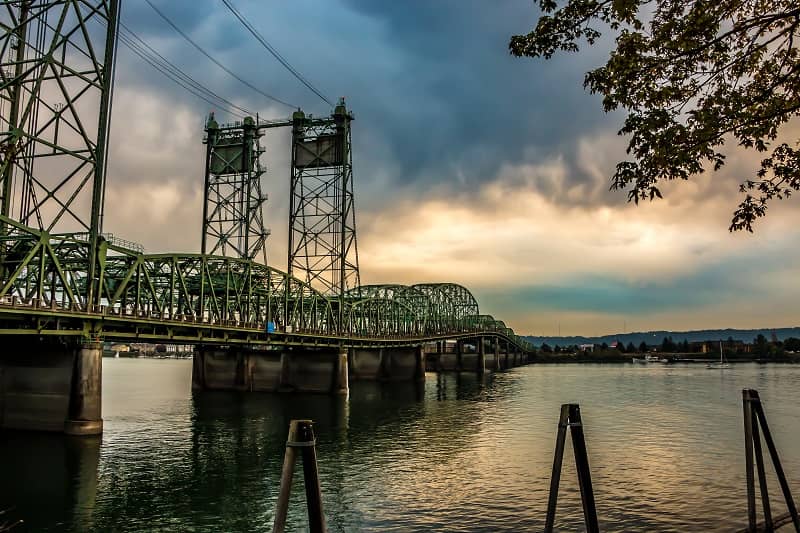
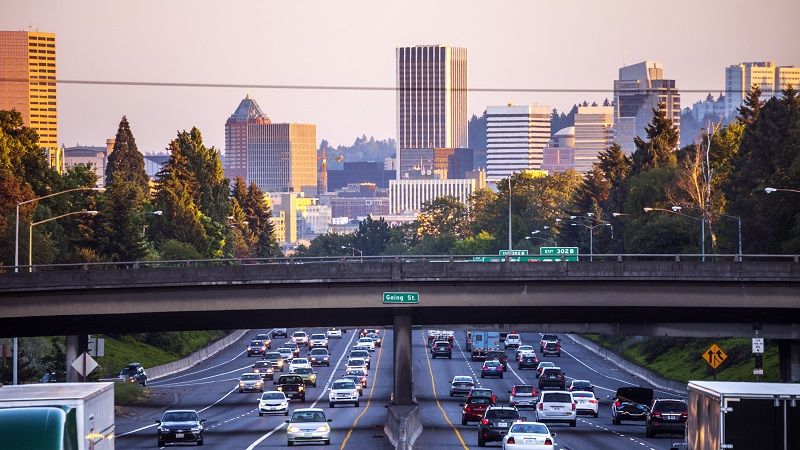
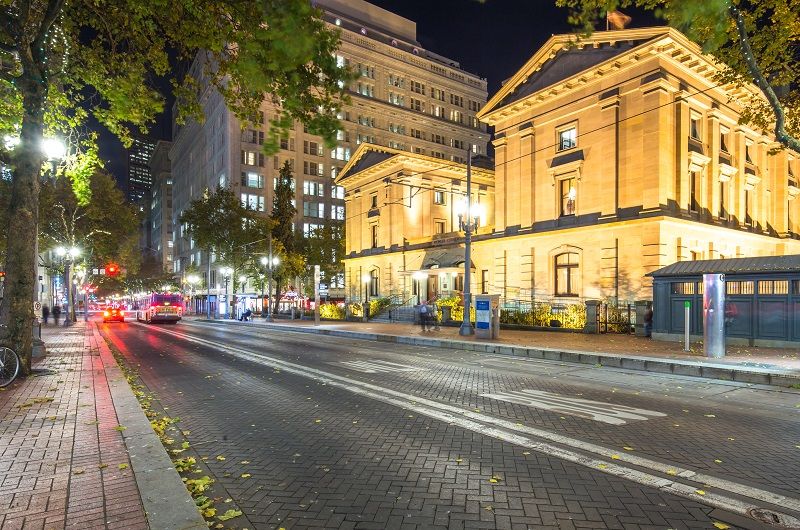


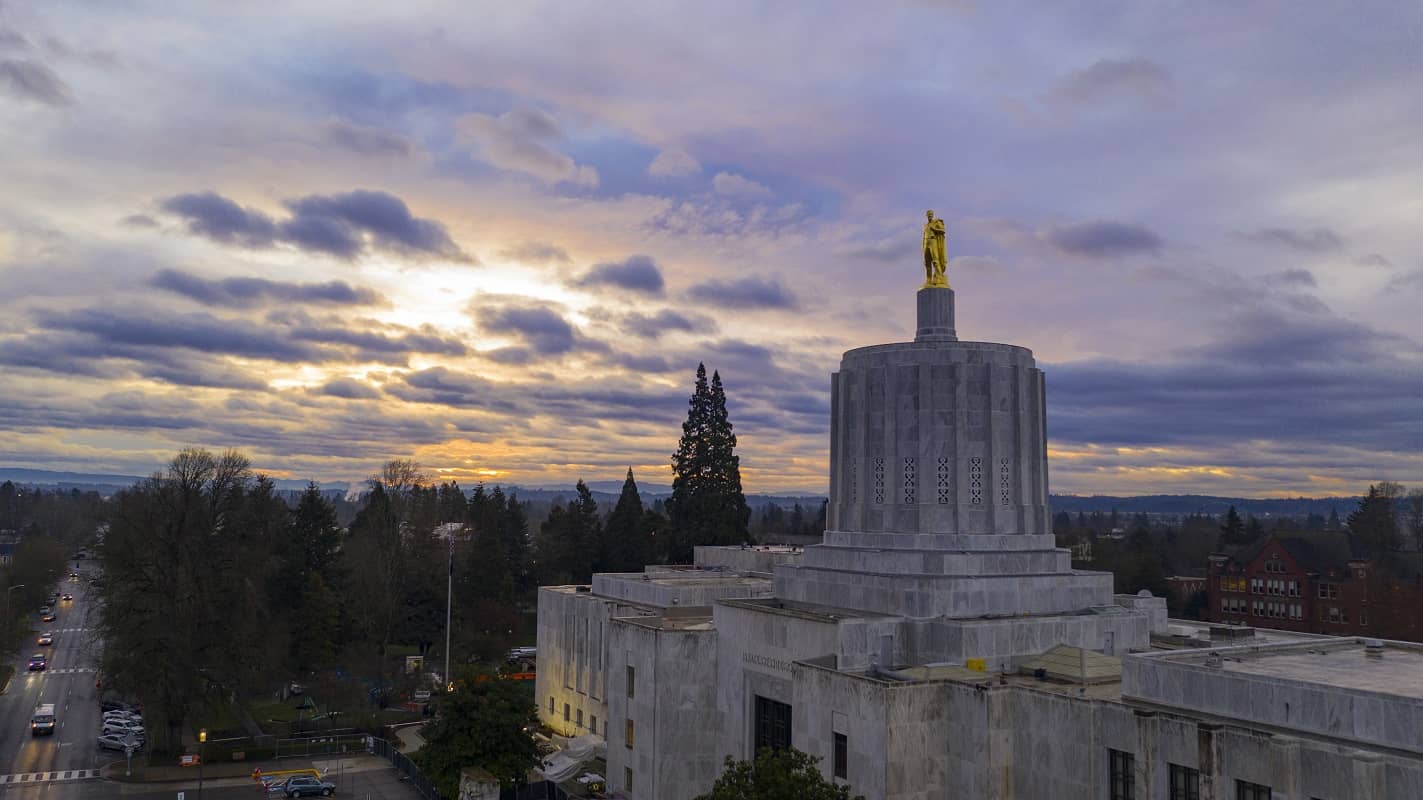
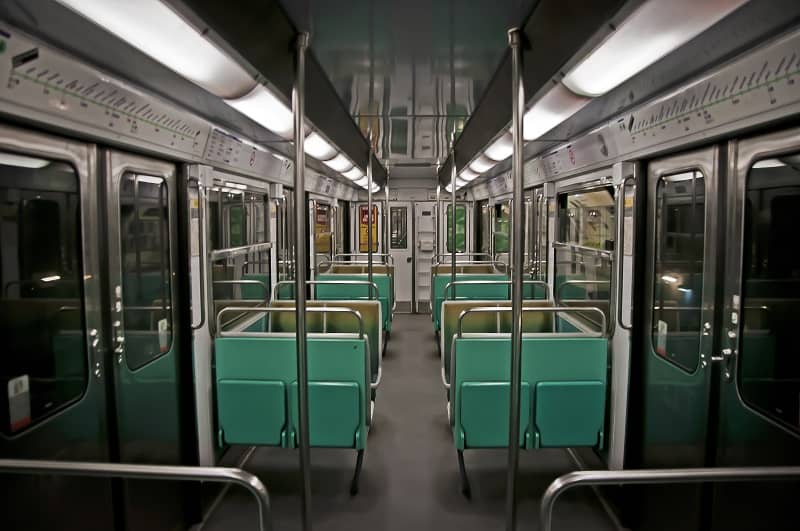
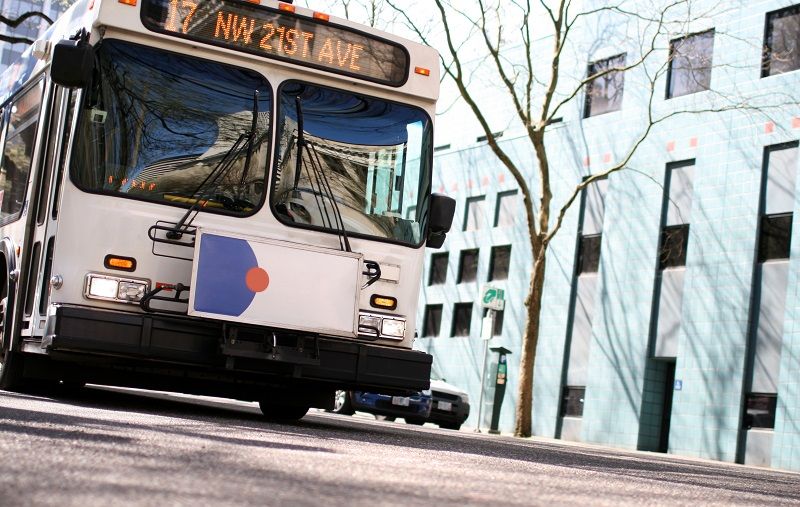
Anthony Lash
Watching the empty trains go to and leave defunct Portland is a tragedy outmourning Shakespere. If a way to avoid total economic collapse isn’t found before long, it will be too late.